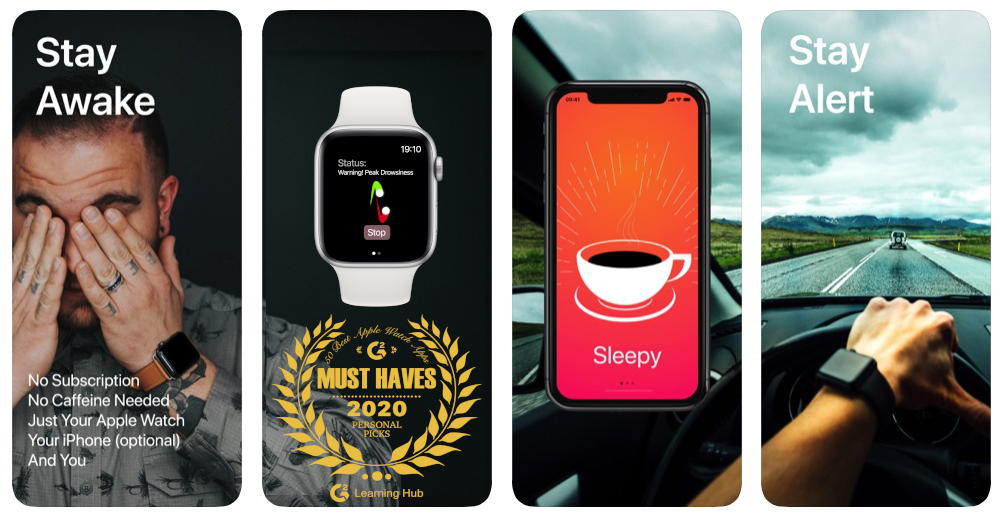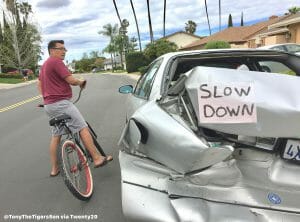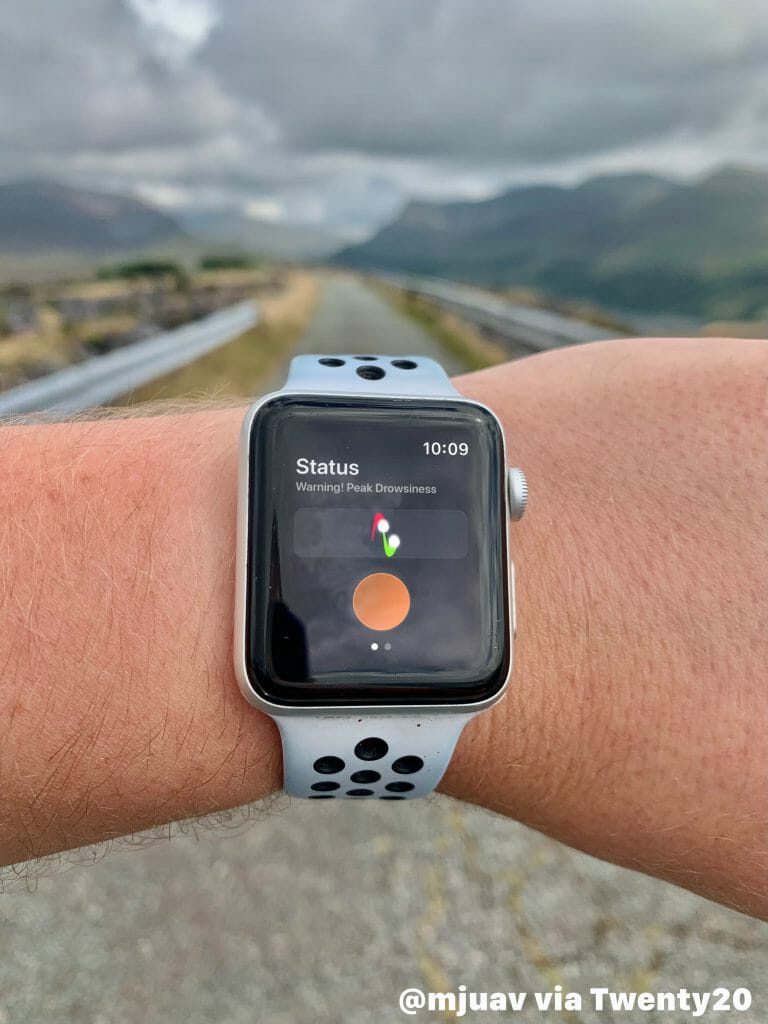Time to Keep Moving
Most of us sit too much and need to move around more both at home and whilst working.
Keep on Moving, Don’t Stop
Keep Going…
If you work in an office environment, are studying, or driving for a living, the chances are that you spend a lot of time sitting down throughout the day. Although you don’t mean to it’s easily done.
How many times have you been so engrossed in what you are doing that you lose track of time and forget to eat or drink, and before you know it, it’s time to stop for the day?
There have been countless times where I’m just in the flow zone and I feel the need to get everything I need to do done before I lose momentum. During times like these it’s very difficult to take a break and I get annoyed when someone disturbs me.
I’ve found unfortunately, that this mode of working can take its toll on you, especially if you find yourself working like this for long periods of time. Eventually something has to give, and for me it’s either the quality of my work, or my energy levels crash to the point where it’s a struggle to get anything done.
Fortunately there are things that you can do to help you manage these periods and consistently keep the level of your productivity high without compromising its quality and your health.
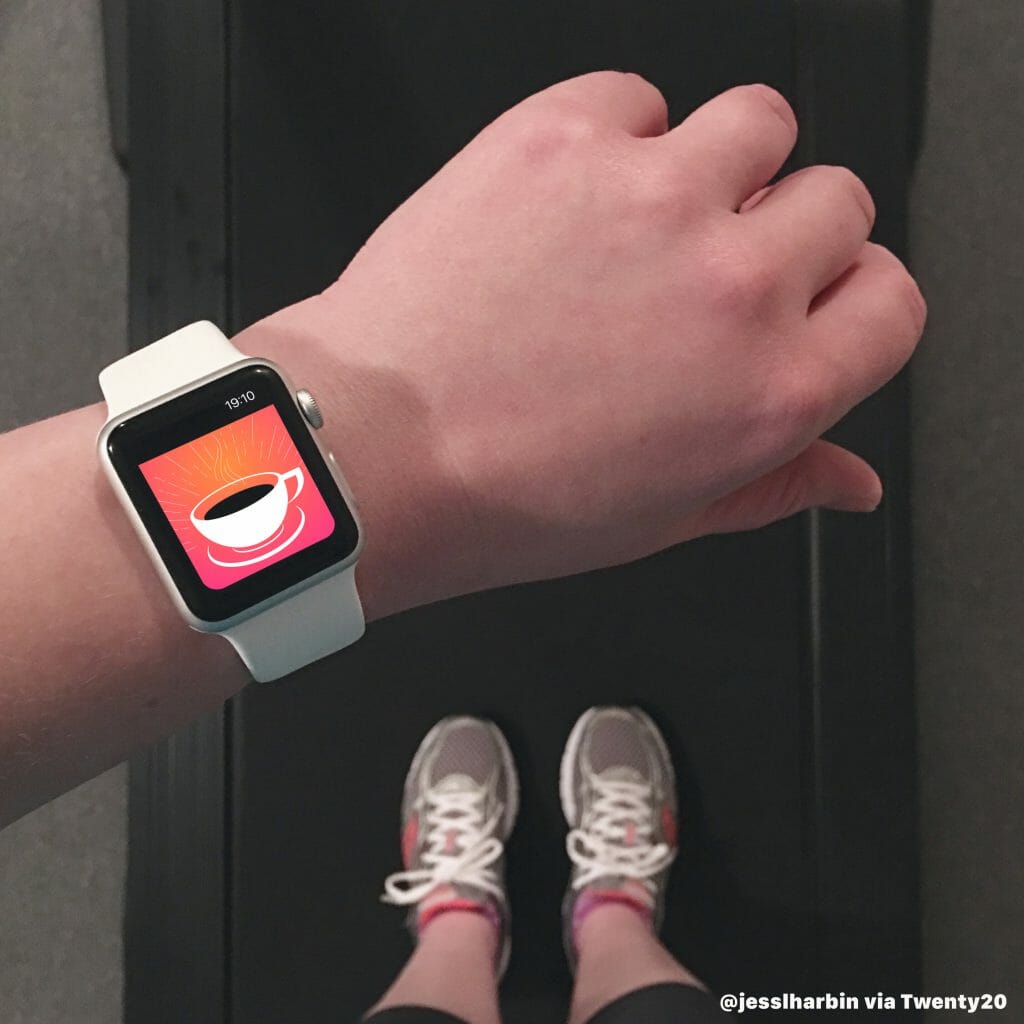
In The Moment
A common complaint that I get about myself when I’m working is that I zone out and get tunnel vision, only focussing on the task that I’m doing at that moment at the cost of shutting everyone out until I’m ready.
I find it funny because apparently in school I was the opposite, always staring out the window or joking about. Perhaps in school my purpose for being there wasn’t so clear, but nowadays I have a clear defined purpose for my life and when I’m doing things that further that purpose my brain tunes in and focuses on the task at hand.
Anyway, the point I’m making is that when you’re in the flow it can be difficult to stop and give yourself a breather, especially when you lose track of time or have the pressure of a heavy workload and a tight deadline.
Work and study loads have progressively increased and many of us feel trapped. On the one hand we want to get the work over and done with, but at the same time wish we didn’t have to do it.
The stress of entertaining these opposing views can lead us to a point where we are doing busy work rather than getting the task at hand done. What’s busy work? Anything that makes us look busy but doesn’t help us in completing our work or study in any meaningful way.
This takes time and energy away from what needs to be done whilst keeping us sitting at our desks and making us feel tired and unmotivated.
Sitting Your Life Away
Sedentary behaviour, as distinct from a lack of moderate-to-vigorous physical activity, is an emerging health risk behaviour for the development of chronic diseases. Examples of sedentary behaviour include sitting, watching television, using a computer, and driving a car.
Bauman, A., Chau, J., Ding, D., & Bennie, J. (2013). Too Much Sitting and Cardio-Metabolic Risk: An Update of Epidemiological Evidence. /Current Cardiovascular Risk Reports,/ /7(4),/ 293-298.
Overall, we identified a compelling case for sitting reduction to be included in clinical preventive advice as a key component of ‘active living,’ where adults and children are encouraged to ‘move more and sit less’ across different settings and locations.
Another factor that we also should take into account is that away from our work and study lives, we spend a lot of our recreational and travel time sitting too. People are spending more time than they realise sitting down without realising that they are putting their well being at risk.
I’m very guilty of this. My day job involves me having to be at my desk for most of the working day. On the commute to work I may work on my laptop or read a book, which necessitates that I sit down (most of the time). And then by the time I’ve got home and spent family time (talking, eating, helping with homework – all mostly done whilst sitting), I then finish off any work that I have left over for my personal interests or play a game (again, in front of a screen of some sort, and sitting down).
Although it can feel that we are being productive and making the most of our work/study/life balance, we may overlook the cumulative effects of spending so much time sitting in one place, especially when having to complete work or getting caught up in our down times.
People sit while performing occupational tasks, reading, eating, using technologies such as computers and entertainment devices, and commuting to and from their destinations. Research indicates that daily total sitting and prolonged uninterrupted sitting times are highest among older adolescents, male adults, all adults over age 60, and people who are overweight or obese.
Eanes, L. (2018). CE: Too Much Sitting: A Newly Recognized Health Risk. /AJN: American Journal of Nursing,/ /118(9),/ 26-34.
And sedentary behaviour affects the health of people regardless of their race or ethnicity and across various socioeconomic backgrounds.
What’s concerning is that sedentary behavioural research seems to indicate that by not taking regular breaks and sitting uninterrupted for long periods of time increases the risks of:
- Type2 diabetes (22%)
- Metabolic syndrome (39%)
- Colon cancer (8%)
- Endometrial cancer (10%)
- Lung cancer
- Breast cancer
- Ovarian cancer
- Cardiovascular disease
And this is regardless of how much exercise you do during the day. The research suggest that if you sit for more than 30 minutes without taking a moving break, or doing some form of exercise for at least 5 minutes, then you still increase the risk of negatively affecting your health!
Standup and Take Action
Thankfully, the solution is pretty straight forward for those of us who sit at desks for most of the day, just stand up for 5 minutes every 20-30 minutes you sit down. If you’re a driver it’s a bit more difficult, but you can reverse some of the ill effects of sitting down if you stand and move around every 60 minutes.
Linda Eanes in the American Journal of Nursing (118.9) 2018, outlined a few suggestions to help us take action immediately:
- Use a standing desk.
- Take frequent standing or walking breaks (standing or walking for five minutes for every 30 minutes of sitting, for example).
- Stand when talking on a cell phone.
- Reduce total daily television viewing time by standing or walking during commercial breaks.
- Engage in hobbies that involve some physical activity.
- Use social networks for self-report and supportive feedback.
- Use computer software or smartphone apps that offer prompts to take brief physical activity breaks.
- Wear physical activity monitors.
source: Eanes, L. (2018). CE: Too Much Sitting: A Newly Recognised Health Risk. /AJN: American Journal of Nursing, 118(9), 26-34.
Personally I’ve found my Apple Watch very helpful in this regard. The watch has a built in Activity app that prompts you to stand and do a set amount of exercise (take that as moving about) daily. You can set your goals and away you go. The stand goal only allows you set goals in hours, but its a good place to begin. If you have an Apple Watch, Tim Brookes wrote a very good How-To Geek guide on how to set you Activity goals, which you can find here.
In conjunction with Activity, I also use V-CAF Stay Awake Stay Alert (our own Apple Watch app). Because V-CAF monitors your tiredness levels and alerts you when you are tired, I use it as my optimal break alerter. Whenever I get a notification that my alertness levels are dropping, I get up and go for a walk or a stretch. That way I know that I’m not just powering through to get things done, and I keep the quality of my work high and my health on point.
Review
Most of us know that we shouldn’t be so sedentary, but our modern lifestyles tend to promote and reward sitting down, (especially for long periods of time).
- Most of us sit too much and need to move around more both at home and whilst working.
- After sitting for 30 minutes take a 5 minute break where you stand up, walk around or do some other form of physical activity.
- Have hobbies that involve physical activity.
- Track you activity levels by using wearable gadgets or your smartphone.
So don’t forget, as Soul II Soul said “Keep On Moving’”
Afterword
When you have decided that a thing ought to be done, and are doing it, never avoid being seen doing it, though the many shall form an unfavourable opinion about it. For if it is not right to do it, avoid doing the thing; but if it is right, why are you afraid of those who shall find fault wrongly?
Epictetus, The Enchiridion v35
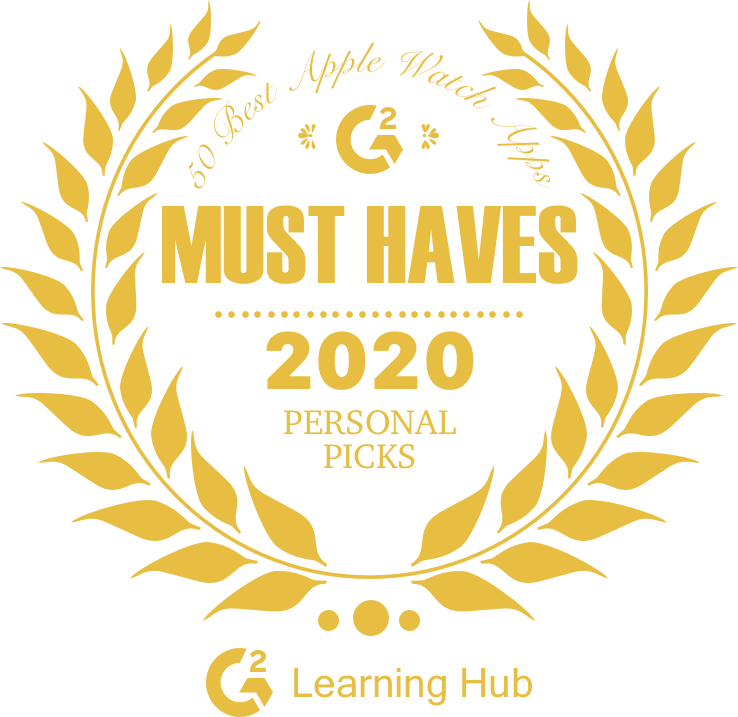
Now available on the App Store, download it now!
